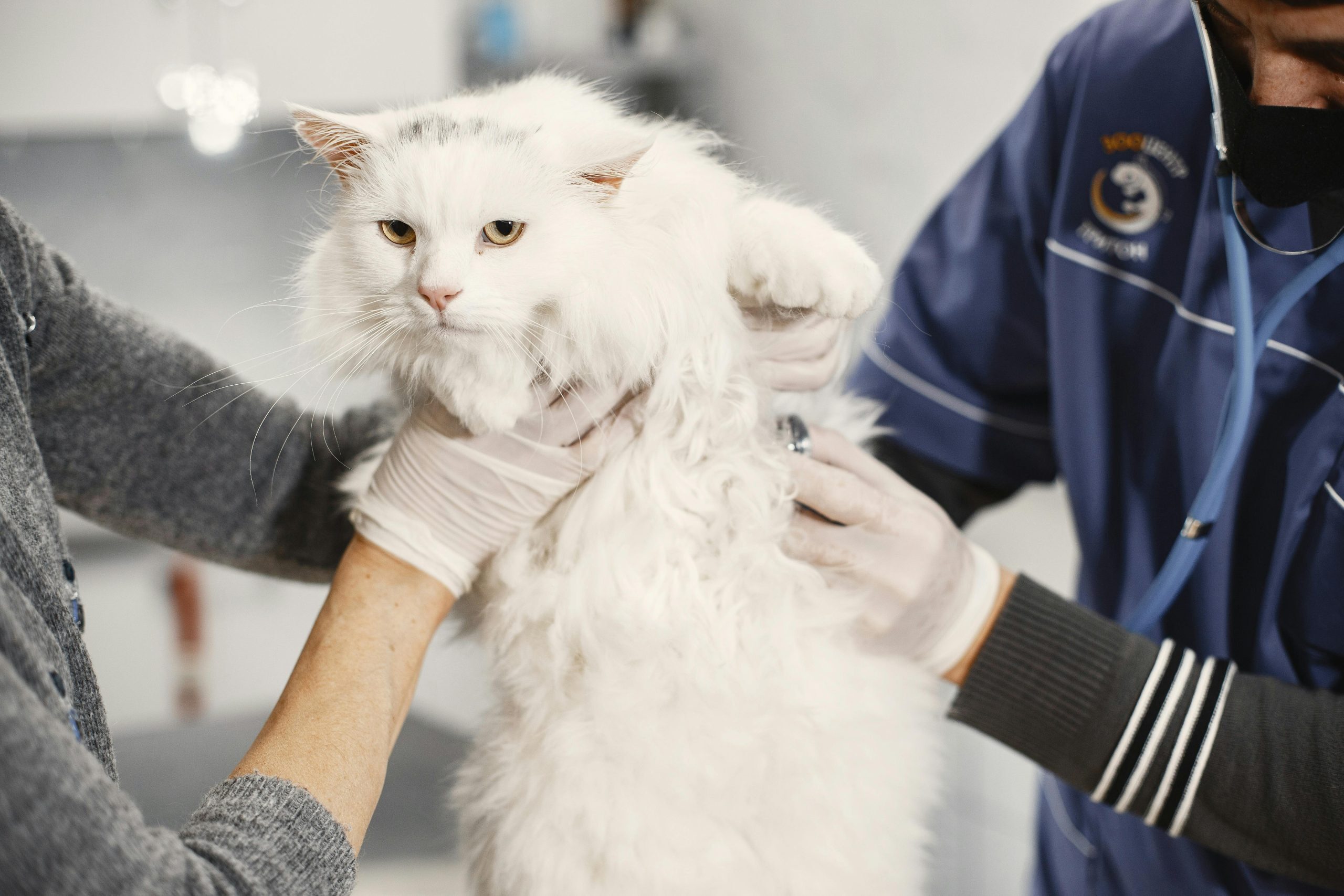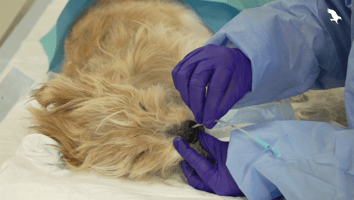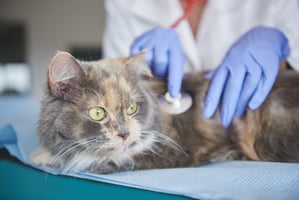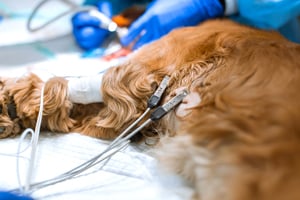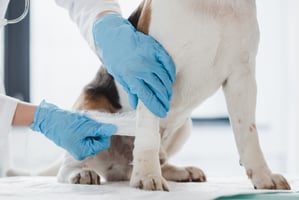Medical patients can present as emergencies due a variety of conditions including acute kidney injury, diabetic ketoacidosis, Addisonian crisis, anaemia and even severe gastrointestinal upset. Often, it is the role of the veterinary nurse (VN) to perform the initial triage and support when these patients arrive, passing the information gained to the veterinary surgeon and implementing the interventions they prescribe as a result.
In this article you will find some top tips on how you can best support medical emergencies in veterinary practice.
Top Tip #1: Preparation is key!
Once you know a veterinary emergency is on the way, it is important to start thinking about what equipment to prepare. For most emergencies, this should include:
- Monitoring equipment (e.g. stethoscope, thermometer, pulse oximeter, ECG and blood pressure)
- Oxygen source and delivery equipment
- Equipment for intravenous access +/- fluid therapy
- Crash trolley/box (read our tips for setting up and maintaining one!)
- Point-of- care testing apparatus:
- Glucometer
- Lactate meter
- Packed cell volume/total solids equipment
- Blood gas machine
- Ultrasound
- Triage form or kennel sheet to record initial assessment findings
Get this all together and prepared in advance wherever possible.
Top Tip #2: Communicate with the owner
When the client and their pet first arrive, remember the owner is likely to be anxious and upset. It is important to explain what is going to happen in the immediate triage period.
For example, saying something along the lines of “Hello Mrs Smith, my name is Laura, and I am a veterinary nurse. I am just going to take Fred into our treatment area to perform a triage exam and check if there is anything we need to do right now to help him. Once this is complete, a vet will come and speak to you”. It may also be necessary to discuss consent for emergency intervention, but this will depend on your own practice protocol.
Top Tip #3: Follow a systematic approach to triaging
The triage examination should always start with a major body systems assessment of the respiratory, cardiovascular, neurological and urinary systems. These systems are classed as ‘major’ as any dysfunction in one of them can prove life-threatening and it is important to address these first. Once the major body system triage is complete and any dysfunctions stabilised, a ‘secondary survey’ can be performed. This is a more generalised assessment of the patient and may include collection of blood samples for point-of-care testing, though consent for this must be obtained. By following this systematic approach, it focuses the attention on the major body systems first but also ensures nothing is forgotten.
Top Tip #4: Don’t forget about pain.
Pain assessment should be performed as part of the generalised triage assessment. A recognised pain scoring system can be used to help provide an objective measurement plus allow for monitoring of any deterioration or improvement. If the patient is assessed as being painful, this can be discussed with the veterinary surgeon so adequate analgesia can be prescribed. It is important to bear in mind how analgesics may affect the patient’s vital parameters when monitoring but also consider how this may affect future body system examination, for example if a full neurological examination is required. The veterinary surgeon may prefer to perform this ahead of analgesic administration, but patient welfare must always be a priority in these situations.
Top Tip #5: Remain calm!
One of the most important things to do during the triage and assessment of a medical emergency is to remain calm at all times. Calmness, along with clear and concise communication, leads to a much smoother assessment and stabilisation period.
If you're interested in learning more about how you can advance your career in Emergency and Critical Care, why not check out our ECC programmes today!
_OL_CourseThumb.jpg?CC)_OL_CourseThumb.jpg&width=500&height=300&name=IVE_NCert(E%26CC)_OL_CourseThumb.jpg?CC)_OL_CourseThumb.jpg)
Emergency and Critical Care Nursing
ISVPS Nurse Certificate (NCert)
ISVPS Veterinary ParaProfessional Certificate (VPPCert)

